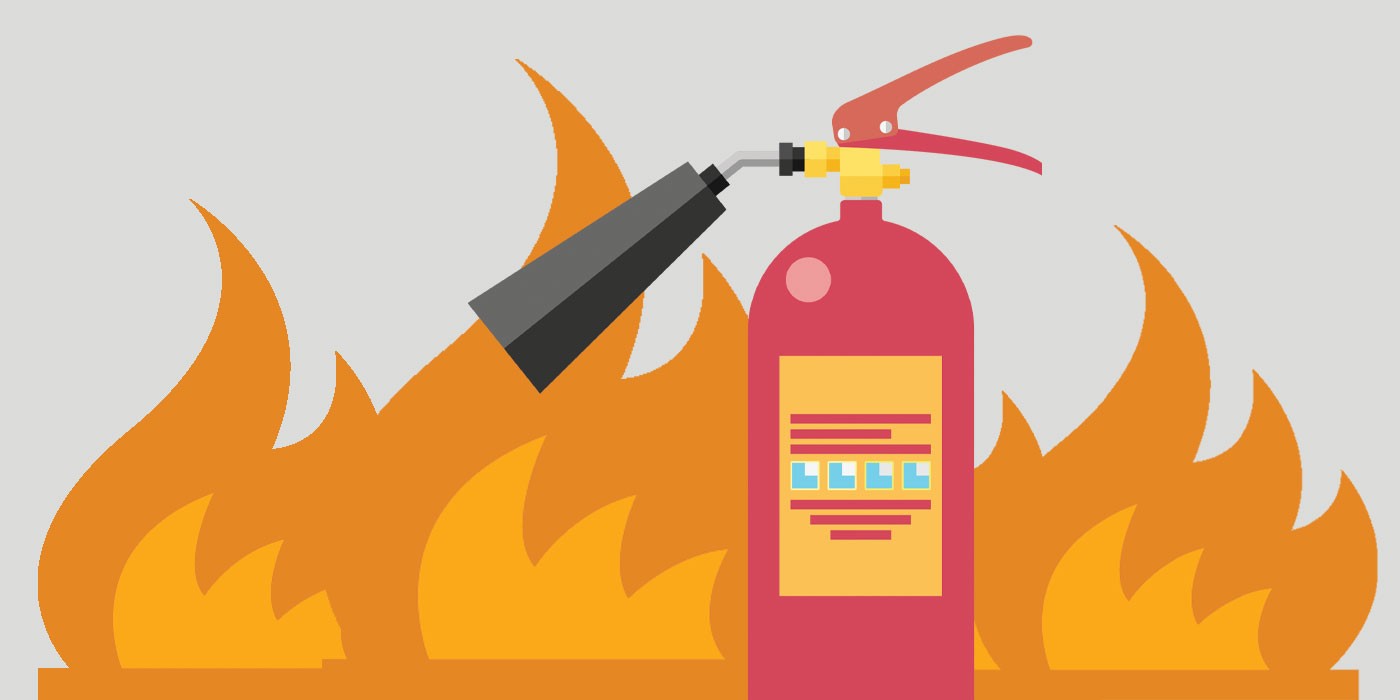Every business in Sydney the protection of fire is not just legal, but it is a vital part of keeping employees as well as customers and property protected. Many of the risks caused by a fire can be prevented or reduced with the correct security measures. Regular inspections of fire hazards, regular examination of electrical systems as well as complying with CFSP standards can all be used in creating a safe and secure environment.

The reason Fire Inspections are the foundation of Safety
Inspections for fire safety are the primary step to protect against hazards. They ensure that every component of a building’s fire protection system is functional and up to date. Most businesses are located in Sydney are required to carry out inspections at least six times annually, based on the kind of building they are operating and council regulations. An inspection often covers everything from fire alarms and sprinkler systems to smoke alarms, fire hydrants, extinguishers, emergency lighting and more.
The ability to identify hidden issues and fix problems before they become dangerous is what makes inspections crucial. In a situation of emergency, a small flaw in a smoke detector or a faulty fire hydrant may appear minor. Business owners who regularly inspect their fire hydrants are ensuring they meet the legal requirements, while taking precautions against unexpected disasters.
Test and Tag: Addressing Hidden Electric Risks
Electrical systems are among the most common causes of workplace fires, that’s why testing and tagging should always be a part of any fire safety plan. The procedure involves examining electrical equipment for safety, function and conformity, before adding a tag to show that the equipment has been inspected. This is a condition that’s often not an easy one. For many companies it’s an effective way of avoiding any potential dangers.
Incorrect appliances, old wiring or damaged cables could be a fire hazard if left unchecked. By carrying out regular testing and tagging, businesses reduce the likelihood of electrical problems which could lead to fire outbreaks. It also reassures employees that their environment is safe, which builds confidence and trust within the workplace. In conjunction with tests, fire inspections and tagging offers a comprehensive safety plan that reduces risk on many fronts.
The purpose of CFSP is compliance and certification
In New South Wales, only the Competent Fire Safety Practitioner (CFSP) is authorized to sign and certify important documents pertaining to fire safety such as Annual Fire Safety Statements. The CFSP certification guarantees that only certified professionals are able to assess and verify the safety measures for fire. For business owners who have the CFSP, inspections and reports won’t be a simple piece of paperwork but a reliable evaluation carried out by professionals.
The job of a CFSP is more than just checking boxes. These professionals assess the performance and condition of fire protection systems and produce thorough reports. They also verify that the system is in compliance with regulations. Without CFSP certification, companies risk penalties, legal issues, and even shutdowns if security measures for fire are judged to be inadequate. Working with professionals who are accredited ensures that the fire safety system is in place properly, and that all compliance requirements are met.
Safety in the Fire Service as an ongoing Engagement
Each business owner is responsible for ensuring that they have a responsibility to ensure that the safety of their employees is top priority. Regular inspections, constant examination of electrical systems and the proper certification via CFSP oversight create a cycle of safety that never stops. Beyond the legal requirements the approach also fosters a workplace culture of safety. Employees are more comfortable knowing that evacuation plans, smoke alarms, emergency lighting, and a fire suppression systems are in place.
Treating fire safety as a continuous process rather than a yearly checkbox not only reduces risks but also strengthens a business’s reputation. Clients and customers feel more safe in a space that is a safe and secure environment. Long-term, proactive fire protection can save the company money by preventing costly damage in the form of fines, legal actions or even lawsuits. Also, it protects all those in the structure.
Conclusion
Fire safety in Sydney requires a multi-layered approach which includes fire inspections testing and tagging, and an official certification from an CFSP. Each of these components play a crucial role in helping businesses adhere to regulations, but more importantly to safeguard property and lives. Businesses that make safety an essential aspect of their work and not just a secondary note will comply with their legal obligations as well as ensure a stable and safe working environment.
